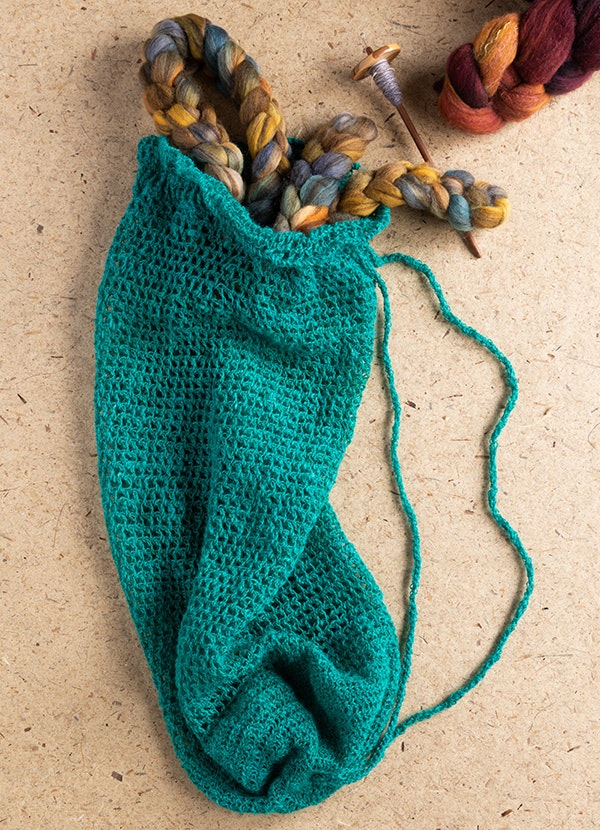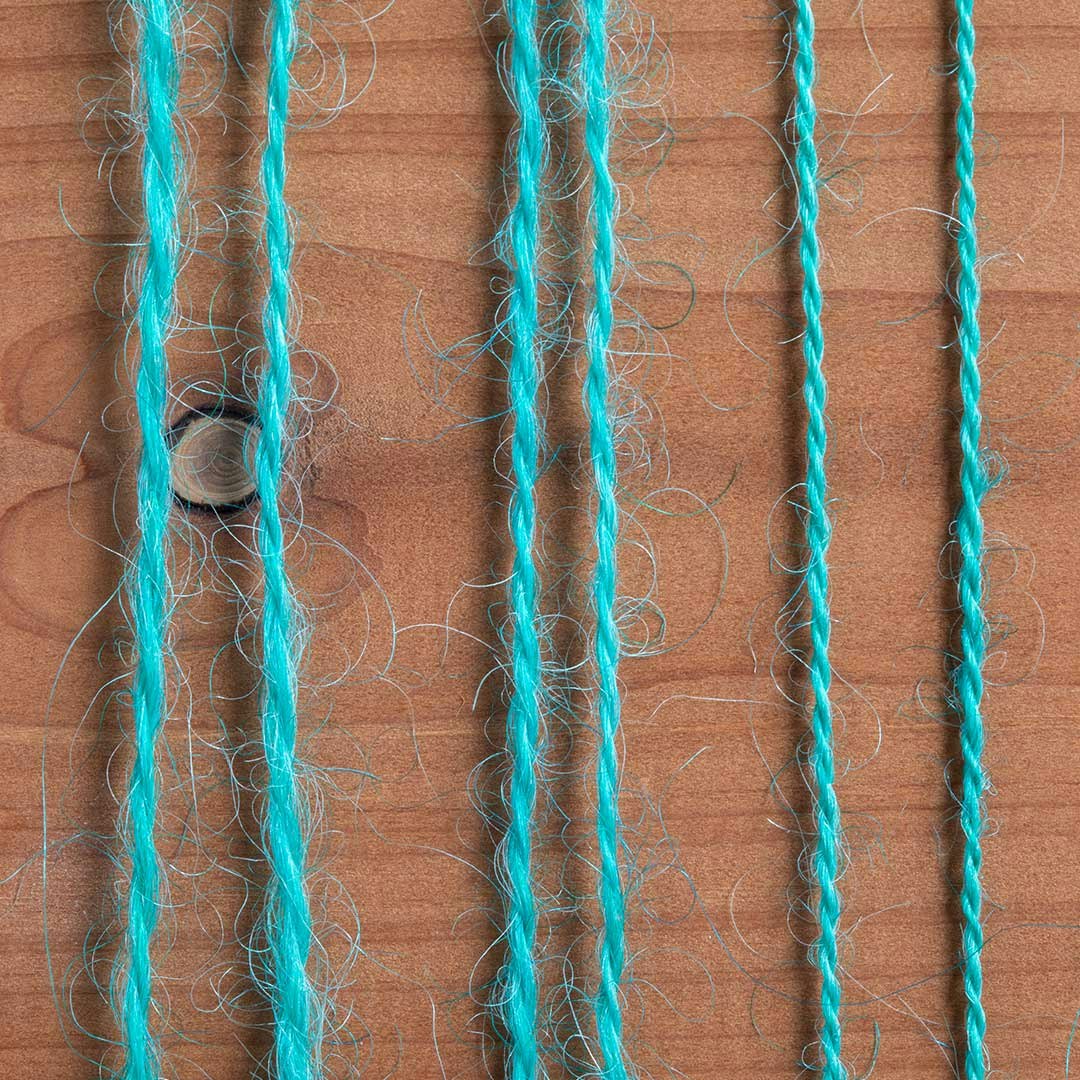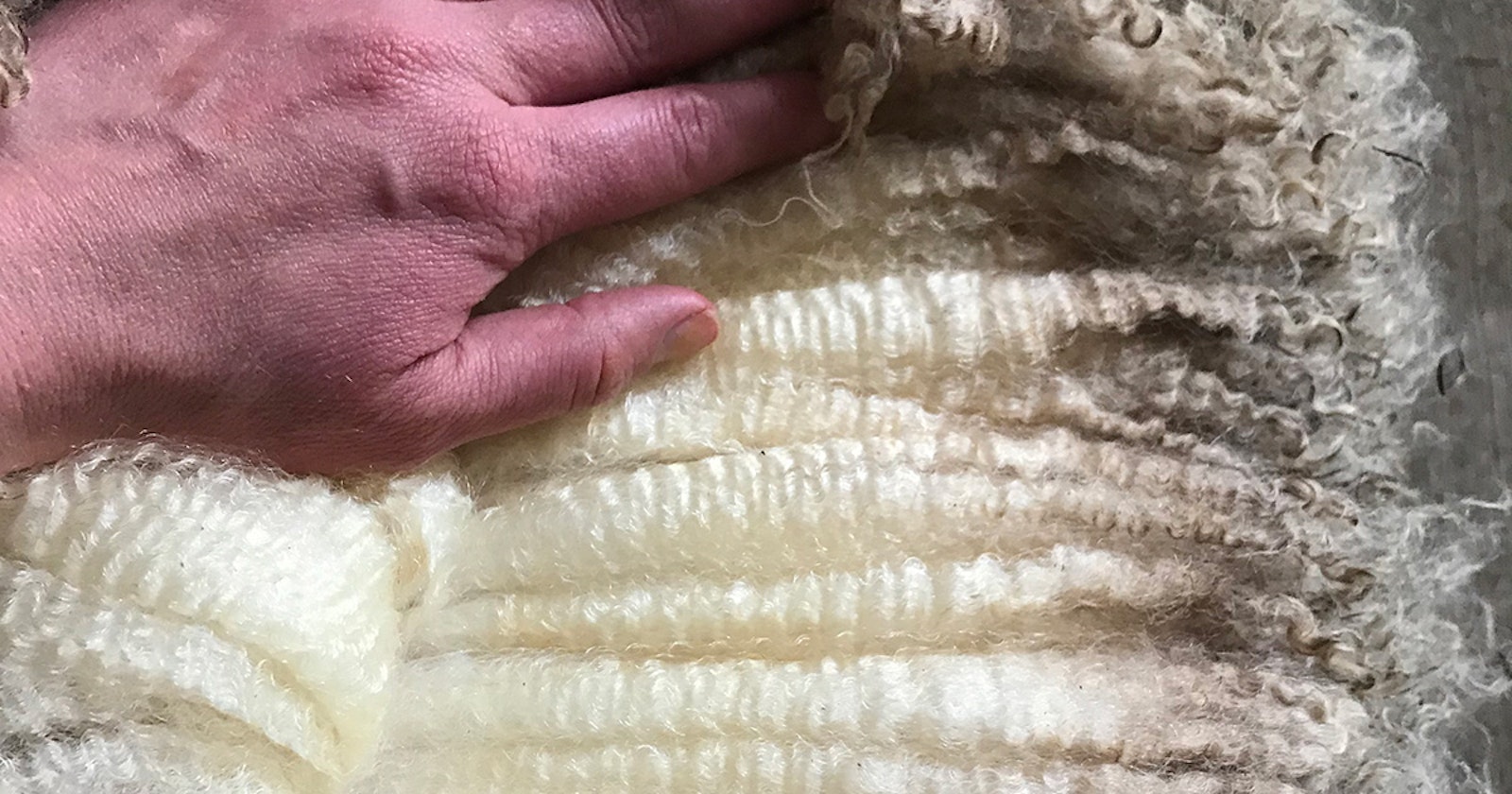What Is a Strong Wool?
As a longwool shepherd, I’ve always loved the term “strong wool.” Most of the time, “strong” means “coarse.” However, “coarse,” or the loathsome “scratchy,” descriptors tend to bring a negative connotation. I find the term “strong” in older resources, which would have found important roles for durable wools. Strength is an attribute.
These terms are, of course, relative. In Nola and Jane Fournier’s classic book In Sheep’s Clothing, they define strong as “A term used to describe coarse wool.” Deb Robson goes further in The Field Guide to Fleece: “Strong wool. A wool that has a relatively coarse fiber diameter and is comparably durable. Strength in wools is a relative, not absolute, concept.”
There are Merinos that could be described as fine or strong, and there are Border Leicesters in my own flock that could be described as fine or strong. Generally speaking, however, if someone says they purchased a strong-wool fleece, I would first envision breeds such as Lincoln, Leicester Longwool, Border Leicester, Karakul, Cotswold, Coopworth, and others.

Katrina King’s market bag, the Crocheted Peddler’s Pack from Spin Off Fall 2020, used handspun Cotswold roving. Photo by Matt Graves
Spinning Strong Wools
As a passionate strong-wool spinner, I like to spread the word that these wools can be spun into an impressive range of yarns, but it took me years of studying their reaction to twist to get the full range I wanted. Preparation, drafting technique, and twist all dramatically impact the yarns we create. You might find in your spinning practice that strong wools change more dramatically than finewools with small differences in twist. A little extra twist will change a lofty, haloed knitting yarn into a firm, indestructible warp yarn.

Twist study in handspun Cotswold. From left: low-twist singles and low-twist ply; low-twist singles and medium-twist ply; high-twist singles and high-twist ply. Photo by Matt Graves
Using Cotswold roving from Phoenix Farm and a short-forward (worsted) draw, I created three very different yarns simply by adjusting twist. Yarn A is low twist in both the singles and ply steps, and it is supple and lightweight. This fragile, high-luster yarn is great for weft-faced weaving. Yarn B is a low-twist singles plied with medium twist. This is a wonderful knitting yarn. Yarn C is high twist in both singles and ply. This yarn is tough and resilient. Use it for reliable warps, swoon-worthy sewing thread, and crocheted bags (see Katrina King’s market bag, above).
—Kate

